Database Concepts
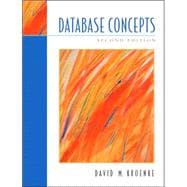
Database Concepts
- ISBN 13:
9780131451414
- ISBN 10:
0131451413
- Edition: 2nd
- Format: Paperback
- Copyright: 01/01/2005
- Publisher: Prentice Hall
- Newer Edition
Rent
Sorry, this item is currently unavailable.
Note: Supplemental materials are not guaranteed with Rental or Used book purchases.
Extend or Purchase Your Rental at Any Time
Need to keep your rental past your due date? At any time before your due date you can extend or purchase your rental through your account.
Summary
Appropriate for all introductory courses on database development and management, as well as database courses designed around specific database products such as Microsoft Access, SQL Server, or MySQL. In this book, one of the worlds leading database experts introduces the essential concepts that students need to create and use working databases. Simply and accurately, David Kroenke introduces essential database concepts through three running projects that students can follow for themselves using virtually any contemporary database software. Kroenke begins by explaining why databases are used, how they improve on alternatives such as spreadsheets, what their components are, and how they are developed. Next, he introduces the relational model and defines basic relational terminology. This edition contains a thoroughly revamped discussion of normalization, including a new four-step process that makes it far easier to understand and perform. Kroenke then introduces the basics of SQL, introducing statements for data definition and modification, as well as SQL SELECT statements. Next, he turns to database design and management, including the entity-relationship (E-R) model and basic data modeling. The book contains a full chapter on administration, including concurrency control, security, and backup/recovery. Students will also find practical introductions to several key database trends, including Web and XML databases, distributed databases, OLAP, data mining, and object-relational DBMSes. Every chapter concludes with review questions and exercises. Finally, the book's Appendix introduces Microsoft Access and shows how it can be used to create simple databases.




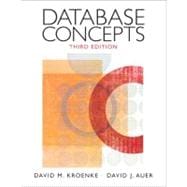
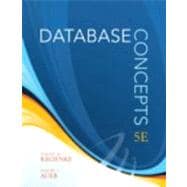
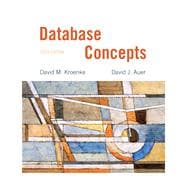
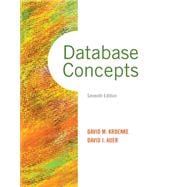
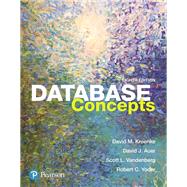
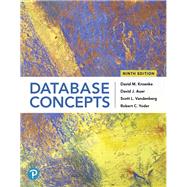
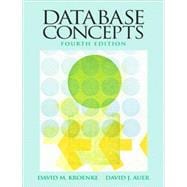
![Database Concepts [Rental Edition] 9780137916788](http://simages.knetbooks.com/images/d/6/788/9780137916788.jpg)



